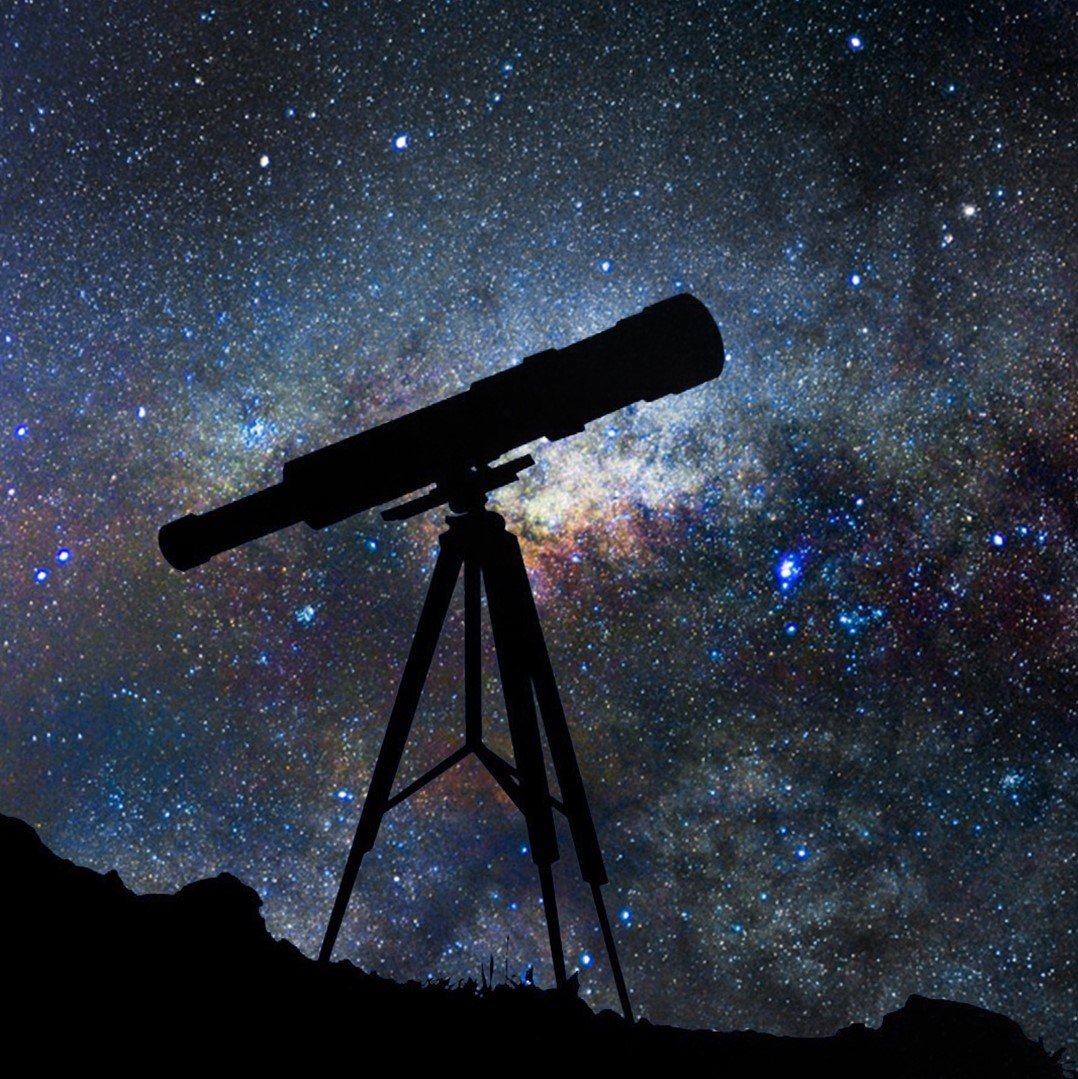 I hope you agree with me when I say,
I hope you agree with me when I say,
A telescope can bring the whole universe into your eyesight
Just in the event that you have the correct telescopes for profound space articles would this be beneficial. These telescopes are specialized for viewing deep-space objects clearly.
You must be thinking about ‘how to get the perfect telescope for deep space objects?’. Well, you’re on the right platform and you don’t have to search elsewhere as I have reviewed below the top 8 telescopes that you can get online. At the end of this article, I have also linked a video on how to maintain your telescope safe and clean.
Also if you feel the need to grab a pair of microscopes, then you can view this article here.
Best Telescope For Deep Space Viewing 2022:
Here are our top picks for the most ideal telescopes to use:
1. Orion StarBlast 4.5 Reflector Telescope
Why we love it?
- Sturdy table-top base
- 4.5 aperture for bright views
- Slow-motion controls for easy usage
| Pros | Cons |
| ✅ Easy to setup. | |
| ✅ Available in 2 styles. |
Why do we recommend it?
The Orion StarBlast 4.5 Astro Reflector Telescope is a close-packed to-go product. This telescope is ideal for beginners as well as professional daydreamers. The well-built tabletop base is easy to set and easier to use.
The StarBlast telescope has a 4.5″ aperture, which gives a vibrant and clearer view of the celestial objects. This comes with two Explorer II 1.25″ Kellner eyepieces, a 6mm and a 17mm. It has an EZ Finder II reflex sight for smooth vision and analysis. It also provides the Starry night astronomy software and provides the option to store the components for later amusement.
Being just 13lbs makes it super lightweight and easily portable. Therefore you do not have to find a fixed place for yourself whenever you feel like admiring the beauty of space. All these factors sum up making this one of the best choices available for a newbie as well as intermediates. Also, take a look at our article on the finest telescopes under $500 in Canada.
You can get Orion StarBlast 4.5 Reflector Telescope on telescope.com
Check Price on Amazon2. Celestron NexStar 127SLT Computerized Telescope.
Why do we love it?
- Large 5″ aperture
- Motorized setup
- Easily portable
| Pros | Cons |
| ✅ Easy to setup. | |
| ✅ Available in 2 styles. |
Why do we recommend it?
As a technology-built telescope, the Celestron NexStar 127SLT supports the development of about 40,000 stars, galaxies, and perhaps more. The product locates your preferred object by pinpoint feature and then tracks it. This feature frames in the exact object you wish to view through this telescope.
Within a very acceptable price, the scope features a Maksutov-Cassegrain Optical Design with an aperture of 127mm. The lens attached is of a higher quality that makes the view eye-catching by gathering immense light from the surroundings. The view from the lens is sharp and clear, focusing on each and every object. The telescope claims to be able to see Jupiter’s cloud bands, Saturn’s rings, and the craters on the moon. For observing planets and galaxies, it can be considered as the finest telescopes.
This featureful telescope for intense space viewing becomes more convenient with the use of Celestron Skyalign functionality. All you need to do is simply position any three bright objects in the lens and the NexStar SLT will automatically align it with the dark sky. For these reasons, this telescope is top-rated for an interactive space session.
You can get Celestron NexStar 127SLT Computerized Telescope on bhphotovideo.com
Check Price on Amazon
3. Sky-Watcher 12″ Collapsible Dobsonian Telescope
Why we love it?
- DSO Hunter
- Large and nice focal length
- Collapsible tube
| Pros | Cons |
| ✅ Lightweight | ❌ Finder may get out of position |
| ✅Large aperture |
Why do we recommend it?
This Sky-Watcher telescope comes with a larger aperture, clearer focal length, a fine-tune beam focuser. Mostly the size of larger reflectors can cause trouble for the users but the Sky-Watcher solves this problem with an eccentric design using three retractable steel struts, allowing access for easy storage and transportation.
The best part about this telescope is the built-in wifi feature. This amazing feature allows you to control the telescope with your smartphone or tablet with Sky-watcher’s proprietary wifi system. Adding up, the completely multi-coated borosilicate primary as well as secondary mirrors deliver extraordinary views. The view is sharp, bright, clear, and focused.
The strong database can keep an eye on more than 42000 objects and keeps the users quite busy for numerous nights. The most amazing thing about the telescope is that when even fully assembled, it weighs not more than 99.2 pounds. This feature makes it lightweight and portable. You do not have to mark a fixed position every day to experience the night vision of the planets and galaxies. A grab-and-go deal it is for sure.
You can get Sky-Watcher 12″ Collapsible Dobsonian Telescope on highpointscientific.com
Check Price on Amazon
4. Meade ETX90 Observer
Why we love it?
- A smart choice for a beginner
- Good optics
- Good database
| Pros | Cons |
| ✅Available in 3 styles | ❌ Heavy weight |
Why do we recommend it?
If you are a beginner, and you want your first experience to be a great one without hassle, you’ve surely made the right choice. This telescope creates no fuss and is easy to assemble as well as use. The ETX90 provides clear and sharp views of anything in target all due to the ultra-high transmission coating. The high transmission coating makes sure that the view is fully focused and bright. It claims to provide a crisp view of the moon, Saturn rings, and many other celestial objects as well.
The ETX90 telescope being in concomitance with the handheld GoTo AudioStar Computer will get you running and looking into the pretty dark night sky full of stars and planets within no time. Its database contains an estimated more than 30,000 astronomical objects.
With all these compliments there exists a minor condemnation about the difficulty in reading the hand controller in low light. For this, they suggest you make sure to use a red flashlight to protect your vision. Also, keep a 9-12V battery alongside for continuous running during observations. Apart from this, the material is well built with robust quality and sleek design which makes it convenient and suitable for the user.
You can get Meade ETX90 Observer on bhphotovideo.com
Check Price on Amazon5.Celestron Inspire 100AZ Refractor
Why we love it?
- Great intro to astrophotography
- easy to assemble
- Strong built quality
| Pros | Cons |
| ✅Available in 3 styles | ❌ None |
Why do we recommend it?
An excellent telescope for the beginner or those on a budget, the Celestron Inspire 100AZ is a great choice for those looking for a complete package that offers so much in the form of accessories over the most affordable and great telescope offers.
The Celestron Inspire provides a 1.25-inch fitting 90-degree perfect picture horizontal that enables the telescope to be ideal for earthly and astronomical views, a pair of 20 mm and 10 mm oculars, red LED torch, accessory tray, StarPointer Pro finderscope, and a smartphone adapter for basic astrophotography.
A false coloring and blurring when a viewing was detected during the observations. With a careful set of oculars, the latter is quickly resolved, so we suggest investigating in additional oculars to make the most of the optical system of the Inspire 100AZ. on the other hand, deceptive color at this premium price is to be predicted in telescopes, but it surely does not kill the incredible feeling. Also, it comes with a year warranty in case of any issue found.
You can get Celestron Inspire 100AZ Refractor on highpointscientific.com
Check Price on Amazon6. Orion StarSeeker IV 130
Why we love it?
- Usage and assembling is automatic
- Data for more than 42,000 objects
- Robust quality
| Pros | Cons |
| ✅Easy to assemble | |
| ✅Easy to operate |
Why do we recommend it?
The new Orion StarSeeker, made up with advanced built-in wifi technology helps in hassle-free usage when seeing the universe. The process of viewing around more than 42,000+ celestial objects has become so easier just by downloading an app called SynScan on your smartphone. The StarSeeker IV 130mm GoTo Reflector measures about 21.5 lbs, along with a 5.1-inch aperture reflector optical tube with a 650mm focal length and a rapid f/5 focal ratio. This makes it super lightweight and easily portable.
The fourth-generation telescope offers you both the option of either operating it by hand or even controlling it electronically with the help of directional arrows on the GoTo hand controller. It also varies from the lowest magnification which is 19x to the highest magnification which is up to 154x. It also comes with supplied eyepieces of 10mm and 23mm.
Linked telescopes with a 360-degree elevation function and 90-degree altitude function for horizontal targeting are given by the StarSeeker slanted, single-arm model. The StarSeeker IV includes an enhanced platform of cylindrical steel material that is well constructed compared to all previous versions. With the number of co accessory holder, which maintains the tripod fixed and provides a useful place for keeping unused oculars and other attachments, the durability of the tripod is further enhanced.
You can get Orion StarSeeker IV 130 on telescope.com
Check Price on Amazon
7. Meade StarNavigator NG 114
Why we love it?
- Includes hand controllers
- Lightweight product
- Robust quality
| Pros | Cons |
| ✅ Great quality | ❌ Not for beginners |
Why do we recommend it?
Being on a limited budget, this StarNaviagator NG 114 is surely your product. The telescope hand controllers offer information on over 30,000 space objects as well as four hours’ worth of audio tours for about 500-night sky objects.
The arrangement of the item is nothing tricky. Being about 14.7 lbs makes it lightweight and portable. You can carry it around with you wherever you want to without putting in too much effort. The users also have a choice of powering the product with 8AA batteries or with external power as the batteries have a tendency to drain quickly.
Consented that this scope may not be an inexpensive telescope, but we believe that the investment is certainly worth it. The solid construction quality is a testament to that fact. You also get a complimentary bundle of astrology tools, which is a major bonus included within the price! The flexible rig and lightweight build help make it the highest accessible telescope for deep space objects tracking now too.
You can get Meade StarNavigator NG 114 on bhphotovideo.com
Check Price on Amazon
8. Polaris 90mm Aperture Astronomy Telescope
Why we love it:
- A refracting telescope
- A stable German equatorial amount
- The focal ratio of f/10 and focal length of 90mm
| Pros | Cons |
| ✅Available in 6 styles. | ❌ Expensive |
| ✅ Easy to Focus |
Why do we recommend it?
The Polaris Aperture Astronomy Telescope is the perfect choice for view lovers. This telescope contains everything you want. It is a refracting telescope with a 90mm aperture. The product has a sleek design with motion control, which makes it easy to track as well as viewing celestial objects at an infinite distance as they move across the night sky.
The telescope features a stable German equatorial amount with a larger size. the low magnification it uses is about 26mm, the high magnification of 6.33mm, and the medium magnification is 9mm. The magnification choice is of the user. Adding up, the product also contains a 2x Barlow lens, which is a diverging lens used in series with other optics. This lens powers up the magnifying capability.
Conceding that this telescope might not be a cheap one but it definitely makes a stand amongst the peak of the list. The robust quality of the telescope justifies the fact that this product is worth buying. Another plus point is that it comes with one year warranty so in that case if you feel any issue you can directly contact the company.
Boost your viewing experience with the best eyepieces for planetary viewing!
You can get Polaris 90mm Aperture Astronomy Telescope on telescopes.net
Check Price on Amazon
Conclusion
I hope this article includes each reason for the question ‘What really is the best telescope to view deep space objects?’ when you question yourself. The top-ranked 8 telescopes with complete details about their features, pros, and cons are mentioned under their respective names.
Check this video out if you want to learn how to clean your telescope:
- 10 Best Monocular Telescopes UK in 2022【Reviewed】 - April 1, 2022
- How To Build A Dobsonian Telescope [Guide 2022] - March 31, 2022
- Best Astrophotography Stacking Software [Ultimate Guide] - March 31, 2022
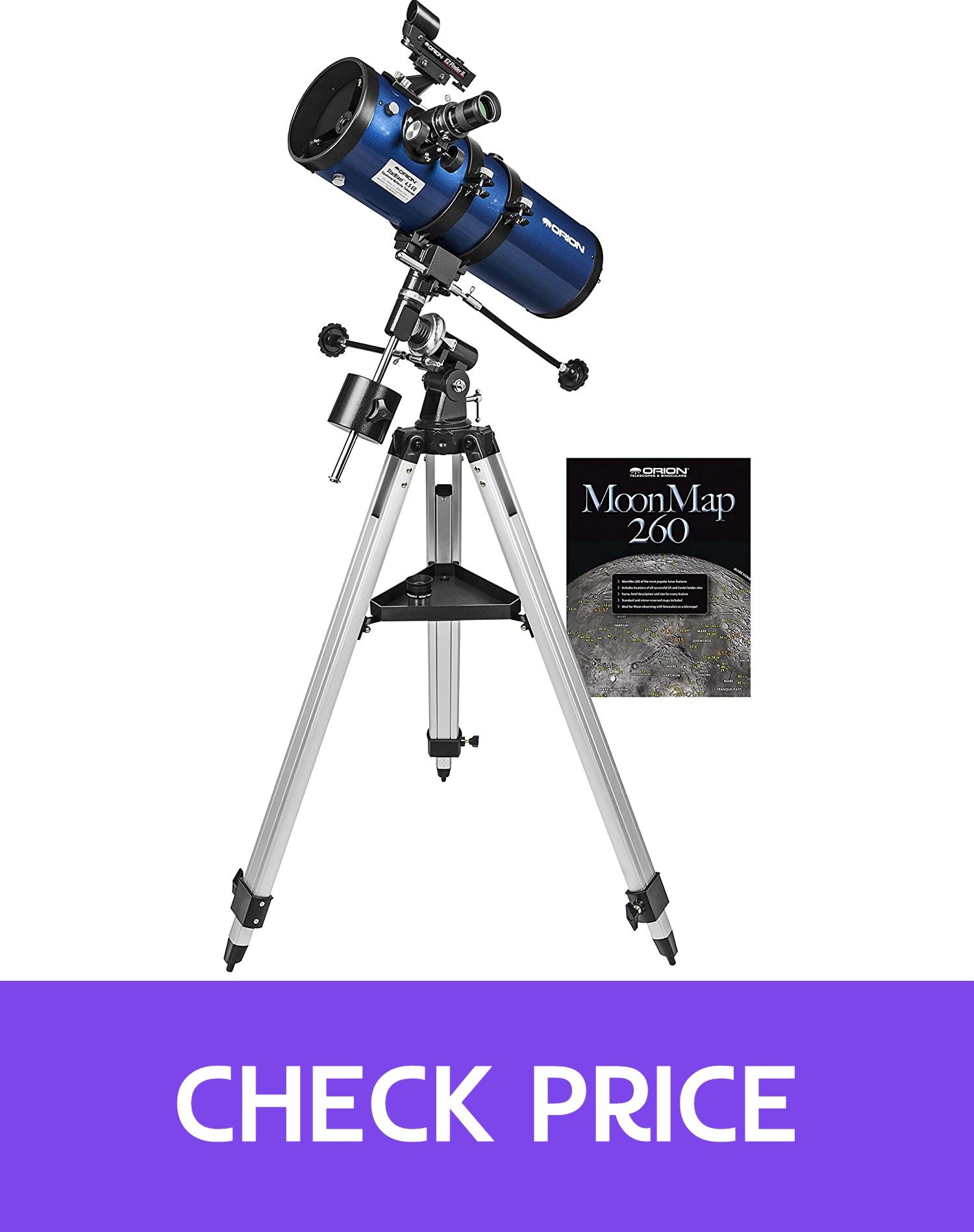

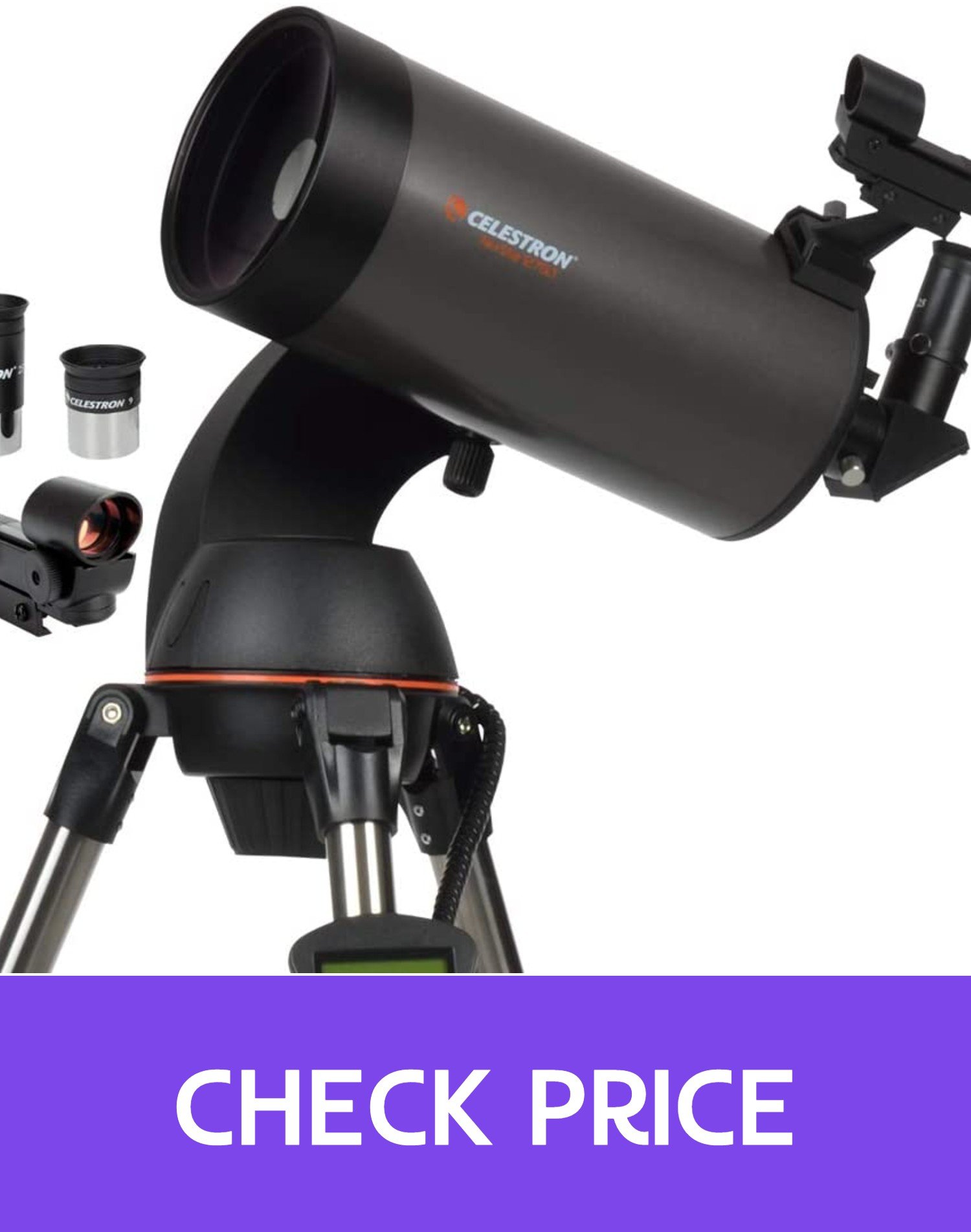
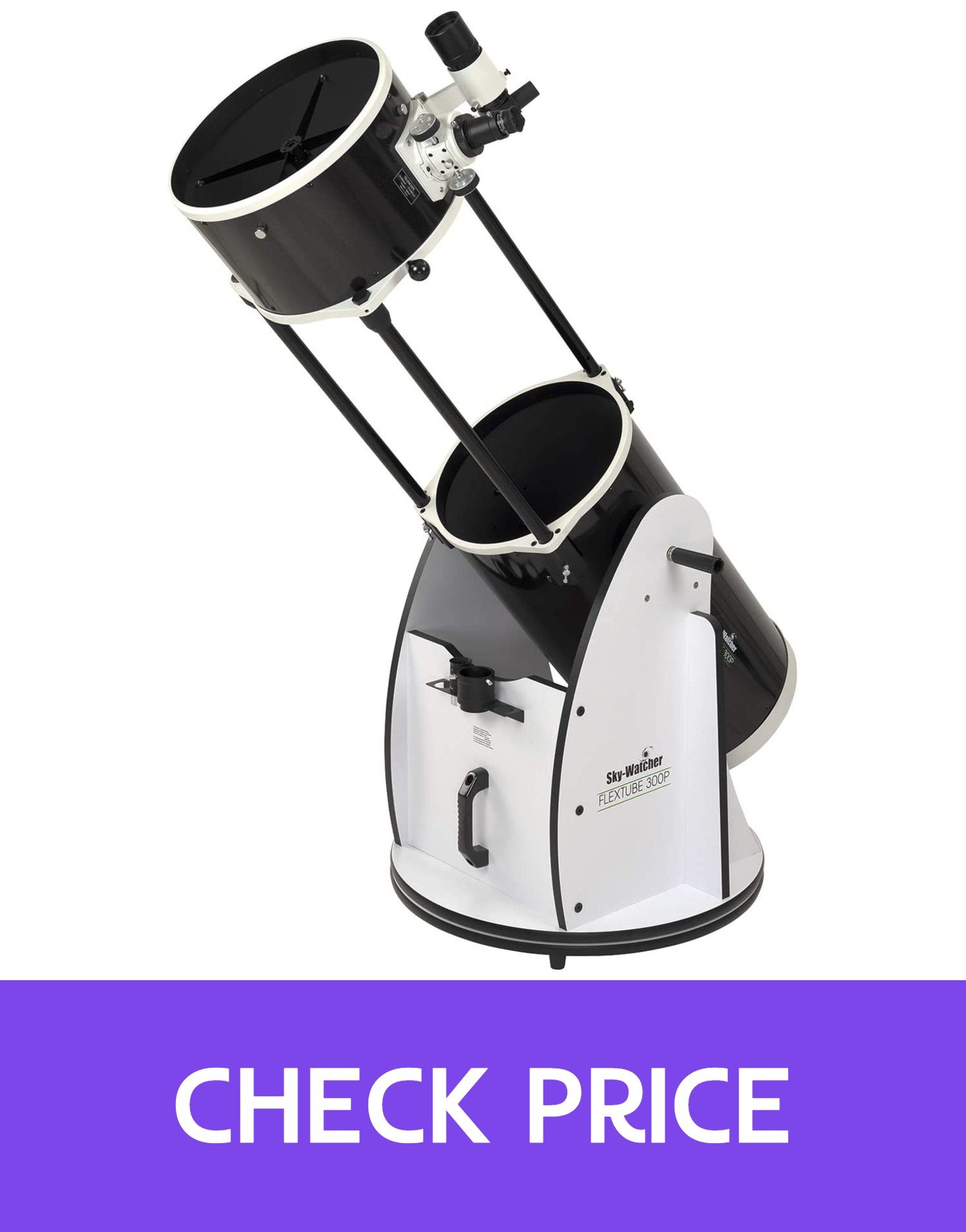
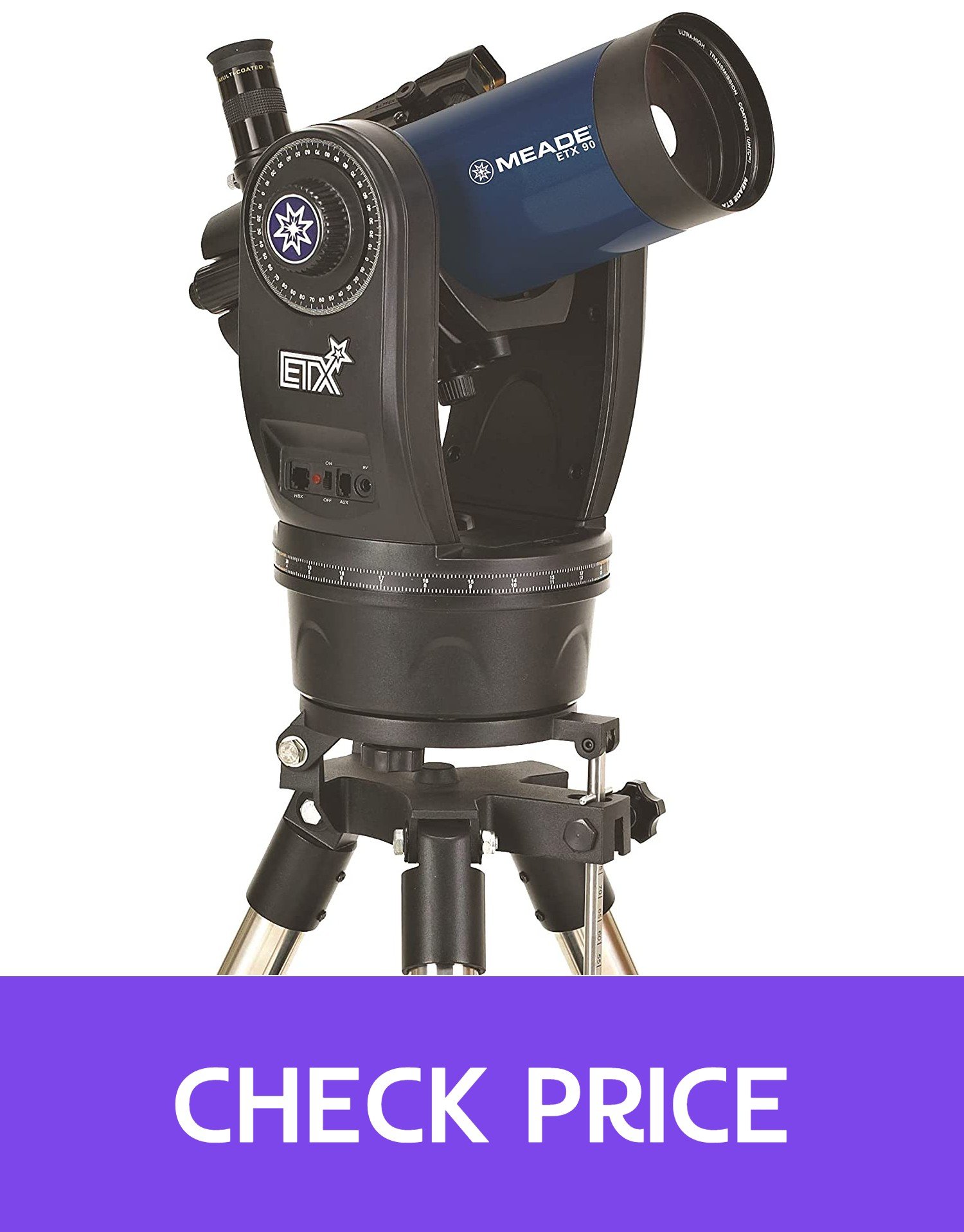
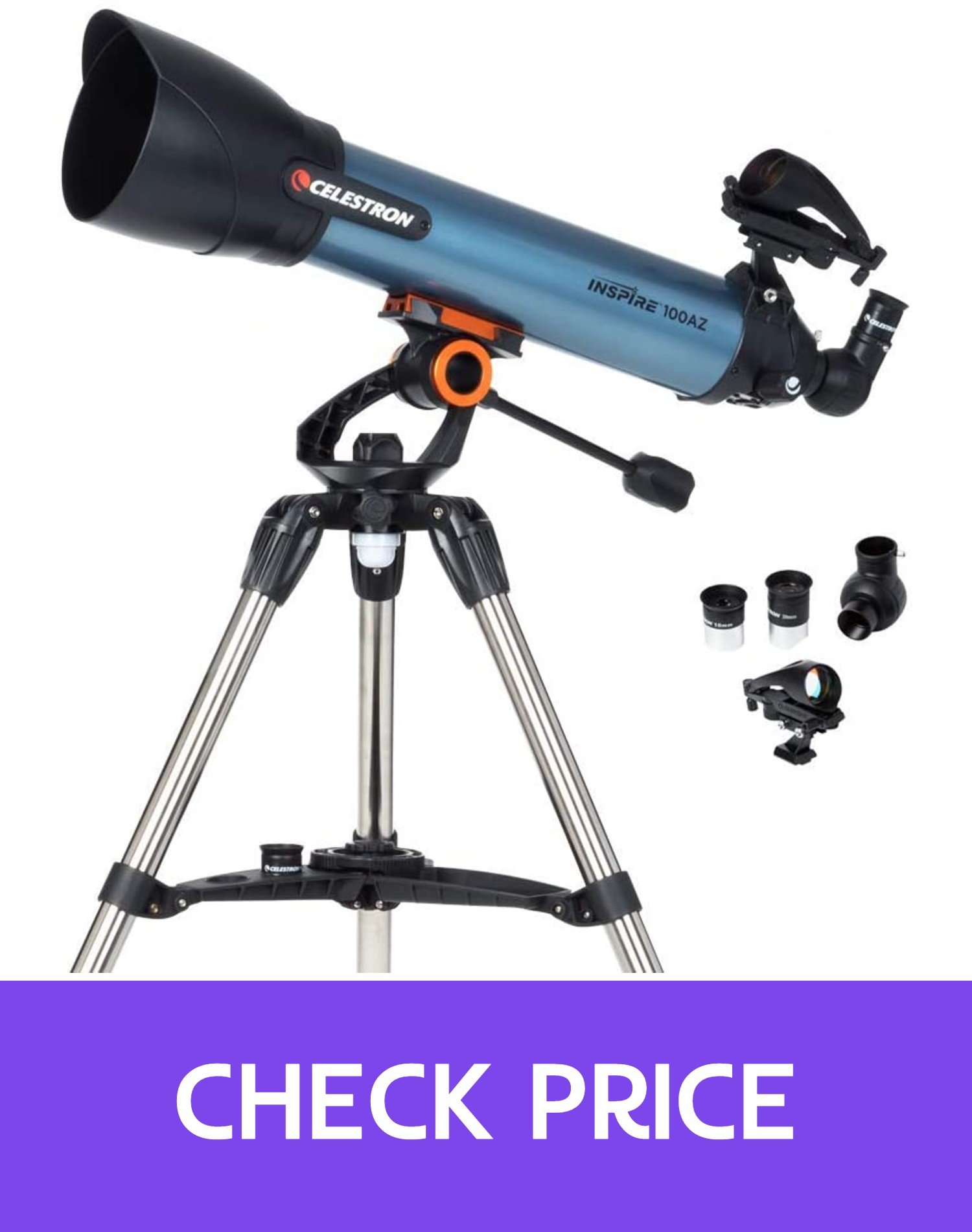
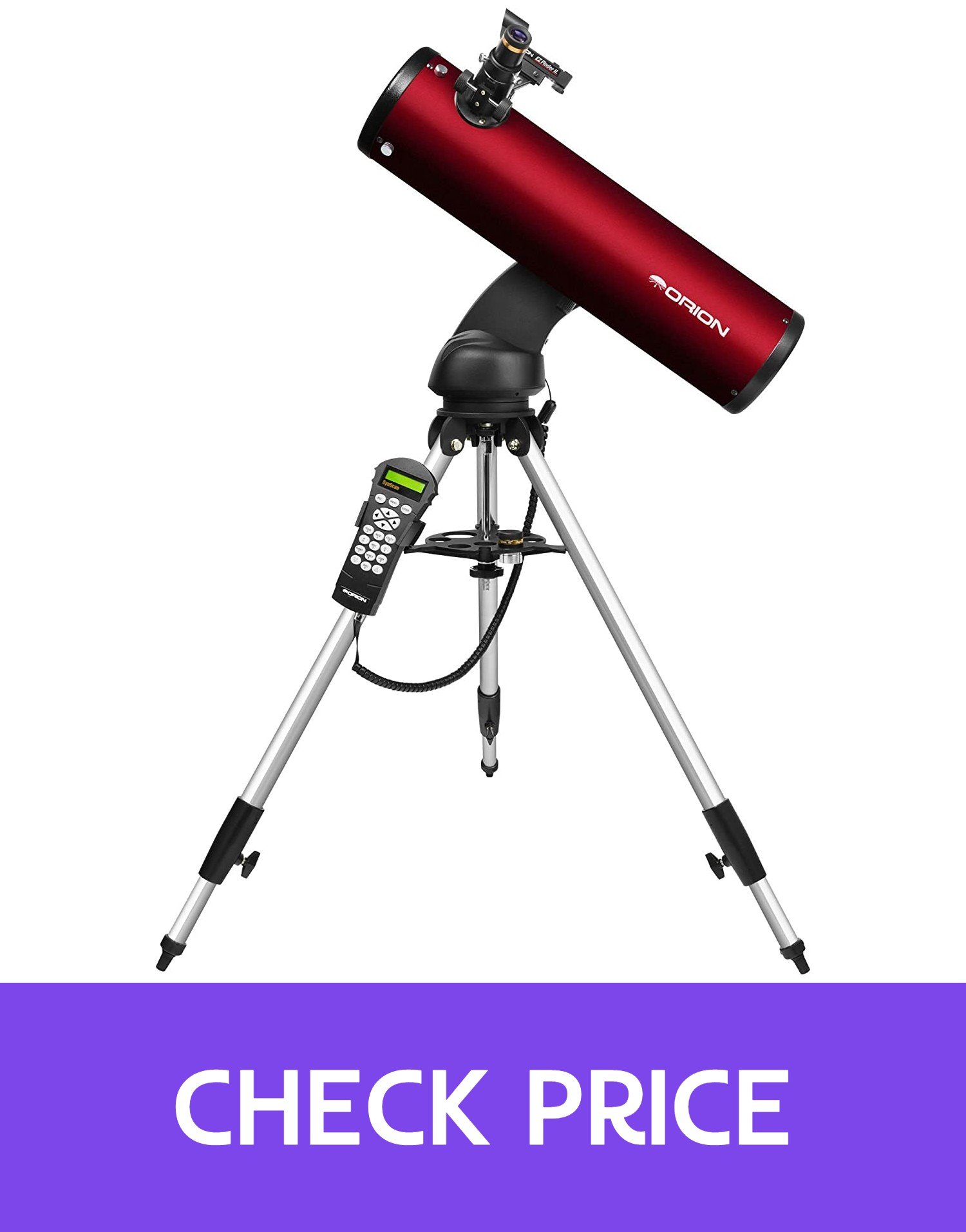
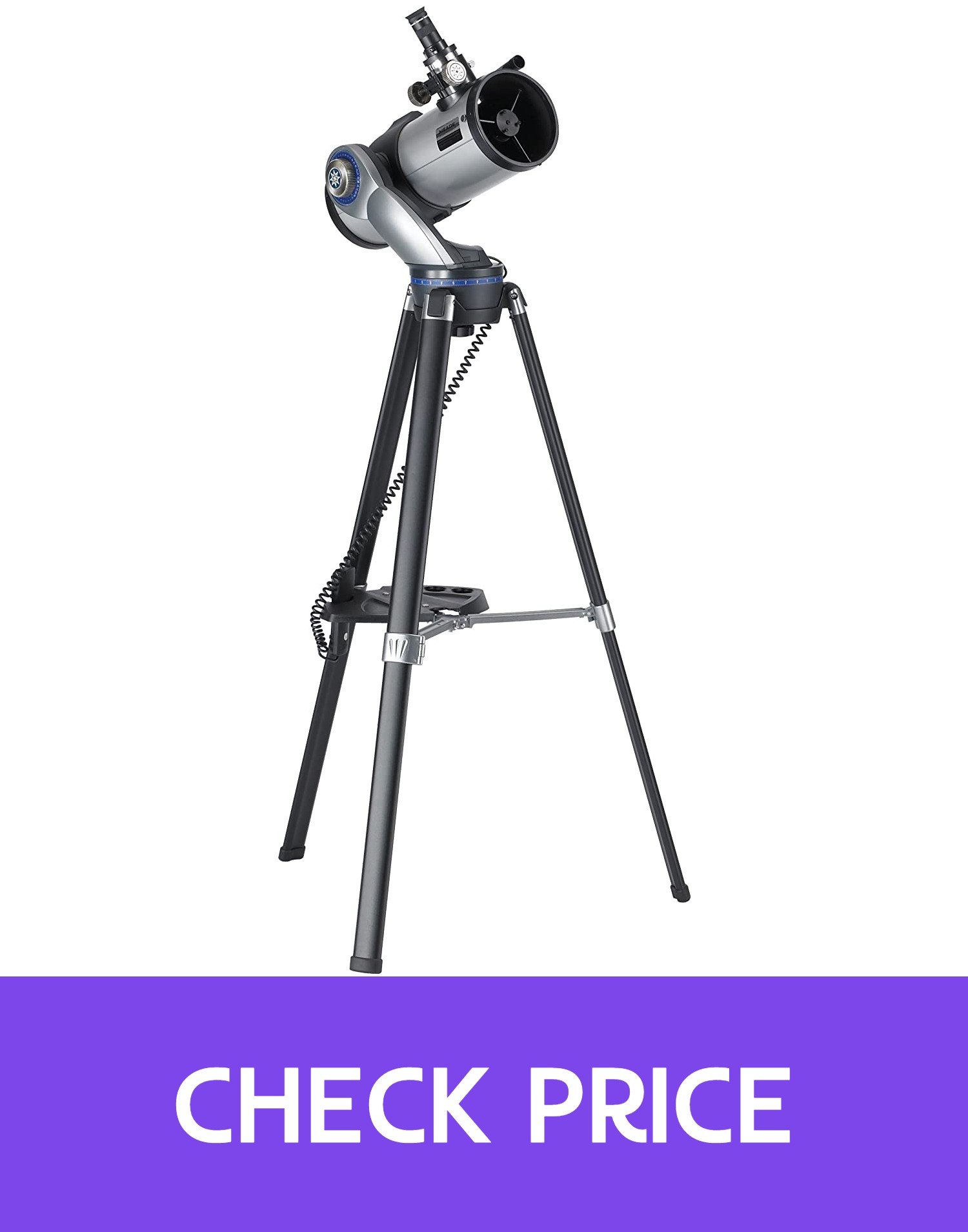
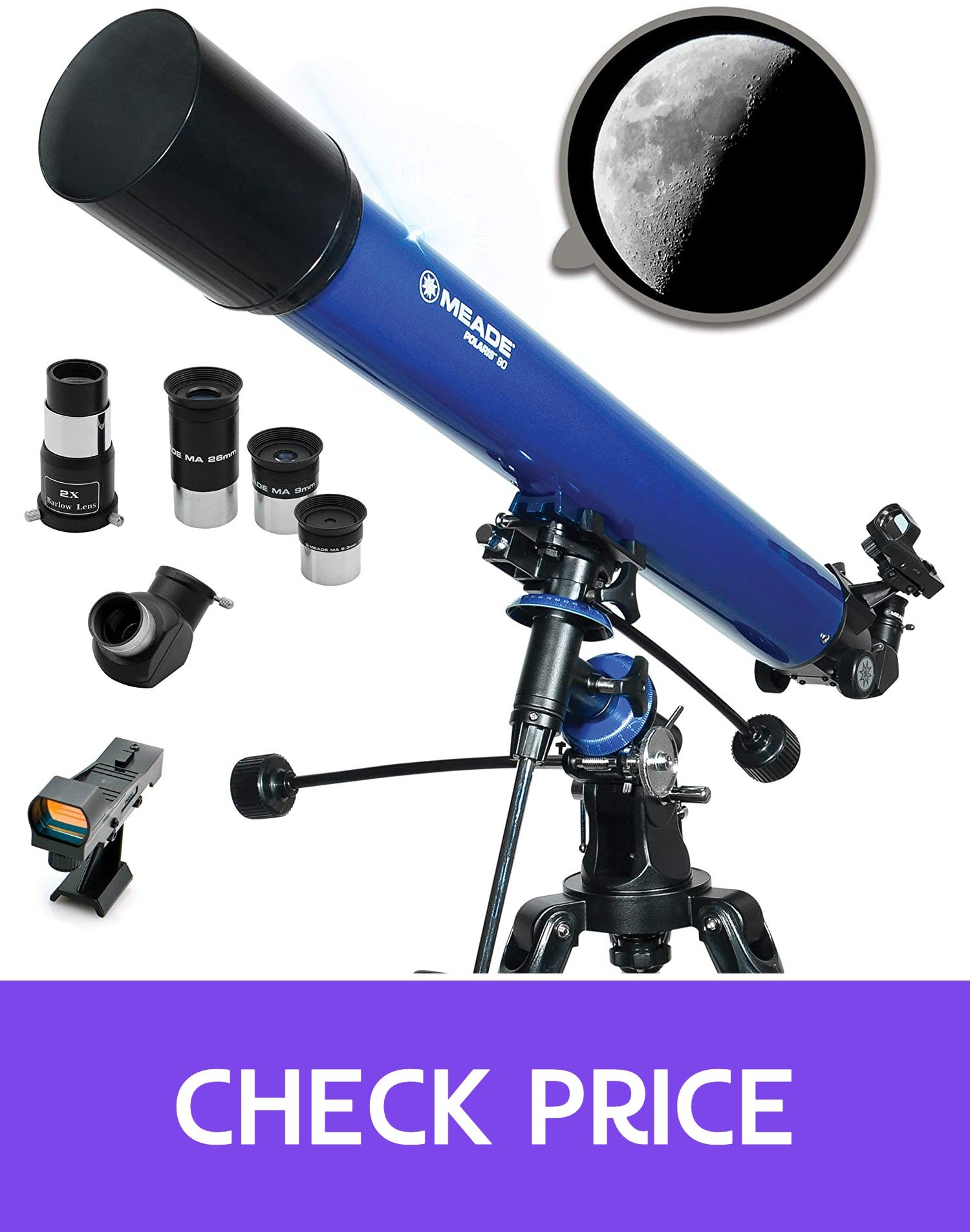
Leave a Reply